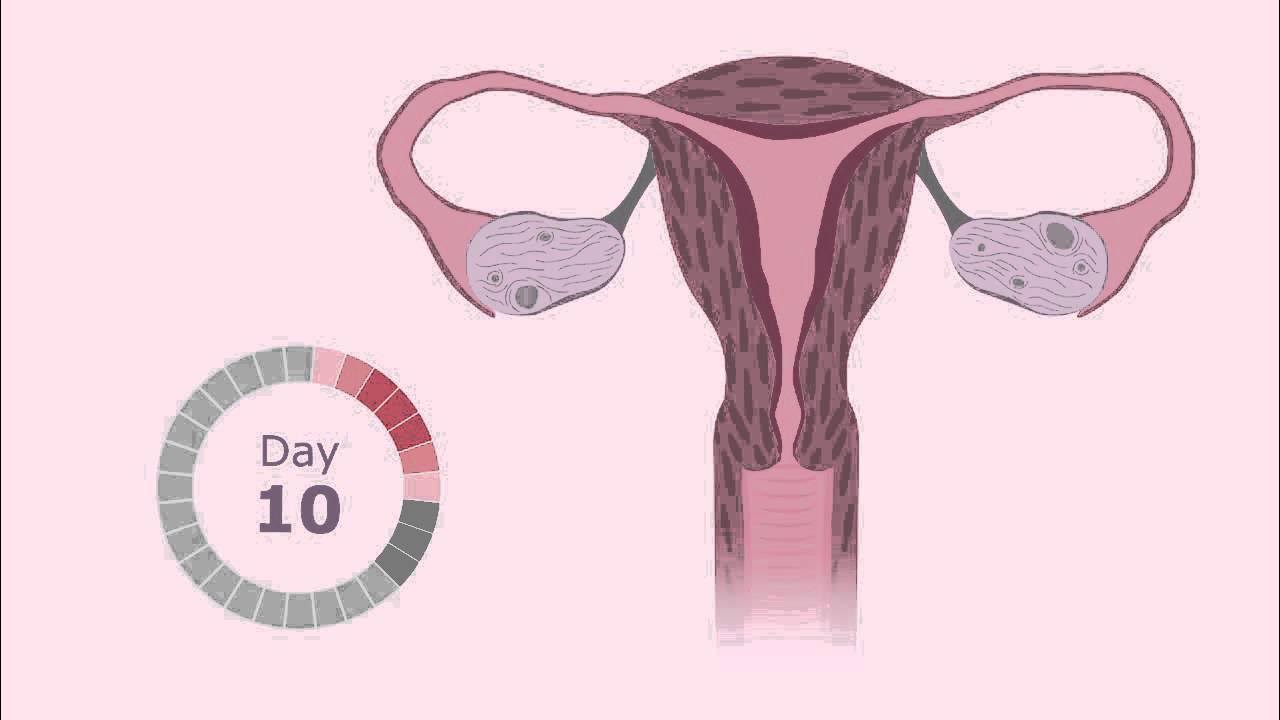Harus Tau !! Proses Fertilisasi Pada Manusia
Summary
TLDRThis video explains the process of fertilization in humans, beginning with ovulation, where a mature egg is released from the ovaries. The egg then travels through the fallopian tubes, where it may be fertilized by sperm. The journey of sperm from the vagina to the egg is a challenging one, with only one sperm ultimately fertilizing the egg. After fertilization, the zygote travels to the uterus, attaches to the uterine wall, and begins developing into an embryo. The video provides a detailed, step-by-step overview of human fertilization and early embryonic development.
Takeaways
- 😀 Ovulation is the release of an egg from the ovaries, which is a prerequisite for fertilization.
- 😀 The human ovulation cycle typically occurs monthly, with one egg maturing and being released each cycle.
- 😀 After ovulation, the egg travels through the fallopian tube toward the uterus and remains viable for about 24 hours.
- 😀 If sperm does not fertilize the egg within 24 hours, the egg will die, and pregnancy will not occur.
- 😀 The ruptured follicle in the ovary transforms into the corpus luteum, which produces progesterone.
- 😀 Progesterone helps thicken the uterine lining, providing a suitable environment for a fertilized egg to implant.
- 😀 Millions of sperm are released during ejaculation, but only a few survive to reach the egg.
- 😀 Sperm must travel through the cervix and uterus to reach the egg in the fallopian tube for fertilization to occur.
- 😀 Only one sperm will penetrate the egg, combining its genetic material with the egg's to form a zygote.
- 😀 The fertilized egg (zygote) moves toward the uterus, where it will implant in the uterine lining and develop into an embryo.
- 😀 The video concludes by offering a summary of the stages of embryo development and encourages viewers to better understand human fertilization.
Q & A
What is fertilization in the human body?
-Fertilization, or pembuahan, is the process where a sperm cell joins with an egg cell, resulting in the formation of a zygote that can eventually develop into an embryo.
What happens during ovulation?
-Ovulation is the release of a mature egg from the ovary. This egg then moves into the fallopian tube where it can be fertilized by a sperm cell.
How does the egg travel in the female reproductive system after ovulation?
-After ovulation, the egg moves from the ovary to the fallopian tube, where it has a 24-hour window to be fertilized before it dies.
What is the role of the corpus luteum in the reproductive cycle?
-The corpus luteum forms from the ruptured follicle after ovulation. It produces progesterone, a hormone that helps thicken the uterine lining, preparing it for a fertilized egg to implant.
How many sperm are typically involved in fertilization?
-While millions of sperm are released during ejaculation, only a few can survive the journey to the egg, and only one sperm successfully fertilizes the egg.
What happens when sperm penetrates the egg?
-When a sperm cell penetrates the egg, the genetic material from the sperm combines with that of the egg, resulting in fertilization. This forms a zygote.
What is the next step after fertilization?
-After fertilization, the zygote begins its journey toward the uterus, where it will implant into the uterine wall and begin developing into an embryo.
How long does the egg remain viable after ovulation?
-The egg remains viable for about 24 hours after ovulation. If it is not fertilized by sperm during this time, it will die.
What happens to the sperm after entering the cervix?
-After entering the cervix, the sperm travel through the uterus and into the fallopian tubes, where they may encounter and fertilize a mature egg.
What is the role of progesterone in the reproductive process?
-Progesterone, produced by the corpus luteum, helps thicken the uterine lining, ensuring it is well-prepared to receive and nurture a fertilized egg.
Outlines

此内容仅限付费用户访问。 请升级后访问。
立即升级Mindmap

此内容仅限付费用户访问。 请升级后访问。
立即升级Keywords

此内容仅限付费用户访问。 请升级后访问。
立即升级Highlights

此内容仅限付费用户访问。 请升级后访问。
立即升级Transcripts

此内容仅限付费用户访问。 请升级后访问。
立即升级5.0 / 5 (0 votes)






